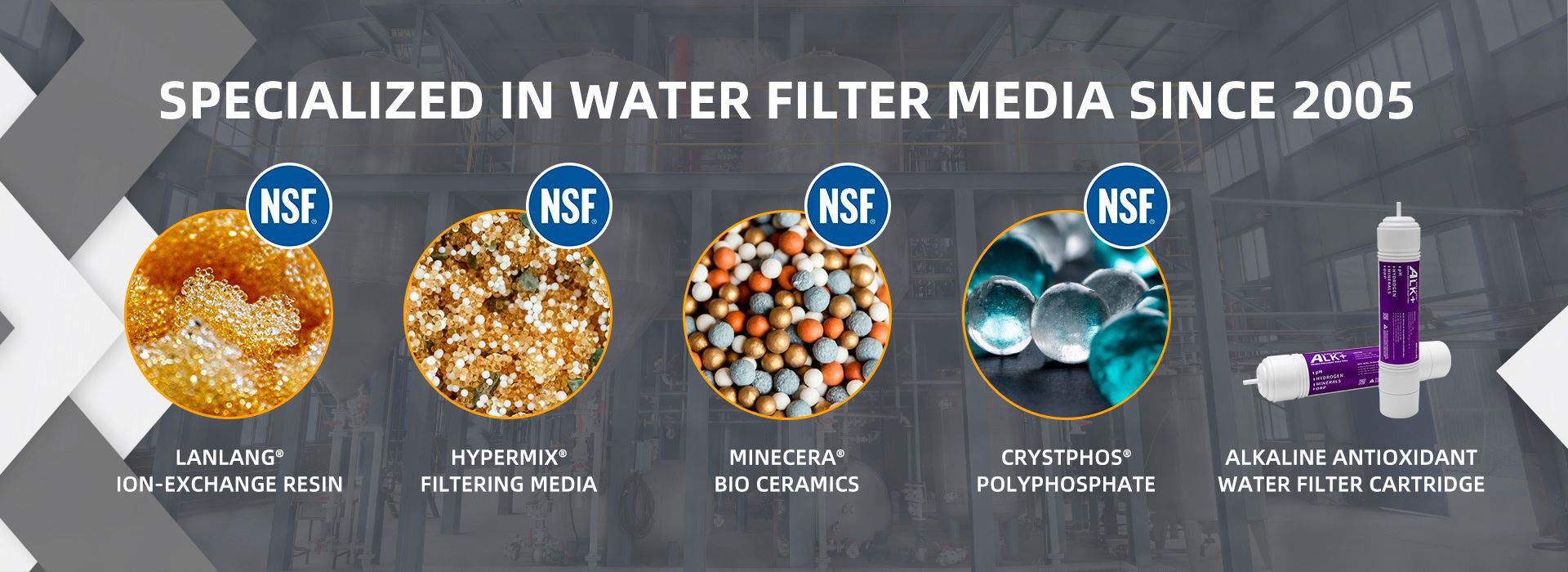Macroporous resin is a kind of organic polymer that is not dissolved in acid, alkali and a variety of organic solutions. The technology of using macroporous resin to carry out separation is one of the new separation technologies and new processes developed continuously in the late 1960s after ion exchange resin. The diameter and specific surface area of the macroporous resin are relatively large, and there are three-dimensional pore structure characteristics in the resin. Due to its high physical and chemical stability, large specific surface area, large adsorption capacity, good selectivity, fast adsorption rate, soft analytical conditions, convenient regeneration treatment, long service cycle time, it is suitable to form a closed cycle and greatly save costs Many advantages.
Macroporous adsorption resin is mainly made of styrene, methyl-styrene, methyl methacrylate, propanitrile and other raw materials into sufficient amount of pore-causing agent diethylbenzene polymerization, most of them are spherical particles, the diameter is generally between 0.3 and 1.25mm, usually divided into non-polar, weak polarity and medium polarity, swelling in solvent, and stable to dilute acid and dilute base at room temperature. From the perspective of microstructure, the macroporous adsorbent resin contains many mesh pore structure features with microspheres, the total surface area of particles is large, and there are certain polar groups, so that the macroporous resin has a large adsorption capacity. On the other hand, the diameter of these network holes has a certain range, so that they have a certain selectivity for the compound through the diameter according to its molecular weight. Based on the principle of adsorbability and molecular sieve, the organic compounds are separated by solvent elution on macroporous adsorbent resin according to the different adsorption force and molecular weight.


